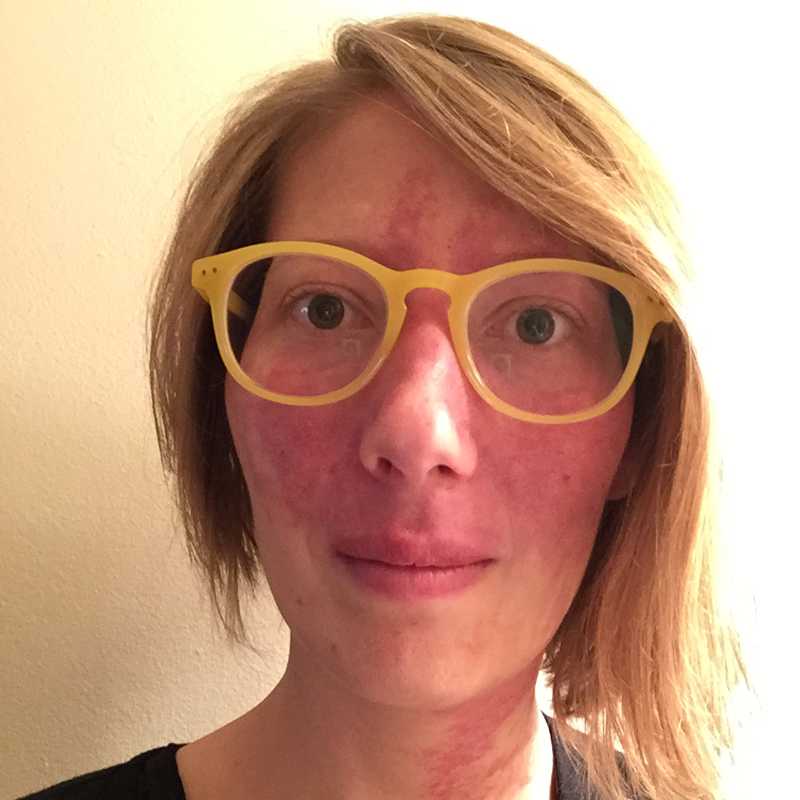Tracking the Invisible: Following Movement Beyond Space and Time Markers
MITH wants everyone in our community to stay healthy and the best way to do that right now is to avoid meetings or gatherings. With sadness, we canceled the final two Digital Dialogues of the Spring 2020 season. We will work with Kristin Carlson on a plan to speak at a later date. Currently, there are many options to track human movement with technology (i.e. capturing body position, number of steps taken, range of motion, how long one has been sitting vs. moving, etc). While these methods tell us a story about our movement, there is more to our experience than technology can tell us yet based on measurements of time and space. My work investigates methods that use technology to reveal what can be known as more “invisible” aspects of movement, which are present but less measurable. These invisible aspects can include qualities of effort, intention, and follow through. Our motivation to move is complex, relying on our self-developed identities, and experiences within the world. We don’t isolate movement from our needs and goals, the way technology needs to. Hence, it is difficult to deconstruct our movement without accounting for the invisible. By using strategies such as defamiliarization and documenting motivation and shifts in creative process, we can start to see new aspects that inform movement knowledge. These approaches can imagine ways that technology can develop to better support our experiences.
Speakers


